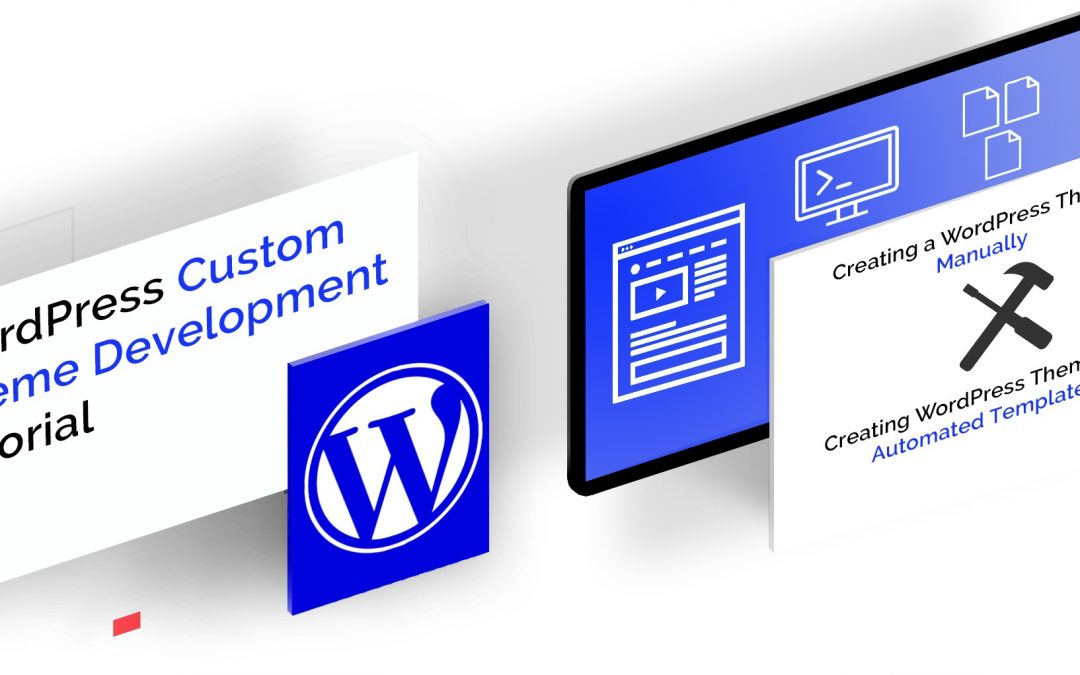1. Creating a WordPress Theme Manually
Creating a website manually involves doing it from scratch. This means that you have to be knowledgeable in HTML, PHP as well as WordPress functions. This requires knowledge in coding and the technical aspects of creating a WordPress theme from the start.
Step 1: Putting a header.php file code that displays the header of the web page.
Step 2: Putting an index.php file code that displays the main post created in the WordPress administrative section.
Step 3: Putting a sidebar.php file code that displays its different categories and archive of pages and posts. This is in a list form so you must wrap the functions as unsorted.
Step 4: Putting a footer.php file code, which is labeled as simply FOOTER and can also contain the copyright data of the theme you are using.
Step 5: Putting a style.css file code that sets the fundamental appearance of the theme you are using. It incorporates the page background and borders according to your needs or preferences. Add pictures, animations as well as other content to make it as appealing as you wish.
What question do you have about your web development and design, or your website maintenance?
For a more in-depth discussion of your website needs, call me today! I will be happy to assess your website-related needs and provide appropriate solutions to these.
2. Creating WordPress Theme via Automated Template
This method of creating a WordPress theme does not require any coding knowledge since there’s an automated template that you can use. Simply install the TemplateToaster and you can follow these simple steps to create your own WordPress theme.
Step 1: Select a platform. Choose WordPress since you are making a WordPress theme. There are two options but you can choose a free WordPress theme that best represents the brand or
appearance that you want your website to portray. However, click the option to start from scratch if you want to create your WordPress template.
Step 2: Design a Header. You must set the width and height of your header. Add a background color and image from the gallery or from your own personal copy. This is the part where you can add a text and social media icons.
Step 3: Design the Menu. To do this, simply click the menu tab and set the width and height that you want. Background color or image can also be added here. Then put a Logo by either choosing from the existing ones or designing and adding your Logo. Set the Menu Button Properties to allow alignment settings as well.
Step 4: Make and Style a Slideshow. Click the Slideshow tab from the toolbar and set the functionalities that you need.
Step 5: Edit the website content. Click the text to add the post to your website. You can set the text alignment and font size to customize your web page.
Step 6: Design the Footer. Set a background, an image and/or add social media icons in this
section.

